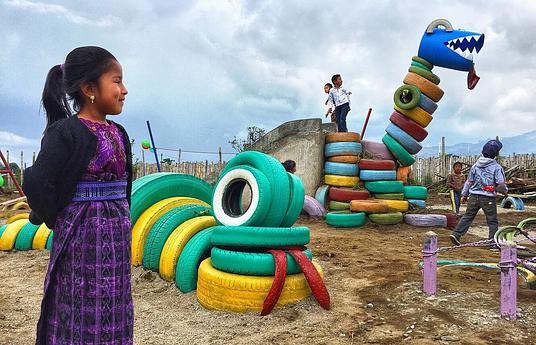What is a micro:bit?
It is a pocket-sized computer 70 times smaller and 18 times faster than the original BBC Micro computers used in schools.
- It has 25 red LED lights that can flash messages and be used to create games.
- There are two programmable buttons that can be used to control games or pause and skip songs on a playlist.
- It has an accelerometer so it can detect motion and knows when you're on the move.
- The built-in compass knows which direction you're heading in and...
- It can use a low energy Bluetooth connection to interact with other devices and the Internet.
Learning with the micro:bit
Develop fluency in concepts and languages of computer systems and foster digital creativity in your classroom. Students make the connections between abstract ideas and real world outcomes by working with software and hardware together: designing, building, prototyping, iterating (the experience of improving a design, as well as making mistakes and learning from them).
The BBC micro:bit is a physical computing device that provides a bridge between abstract concepts and tangible experiences.
Physical computing combines:
Computational thinking | Coding | Creativity | Innovation
Using the micro:bit, your students will gain vital competencies and skills in critical thinking and collaboration, building their ability and confidence to have ideas, share them and make them real.
The simplicity of the micro:bit's design allows for immediate success, but also becomes a more sophisticated tool as your students' knowledge and understanding grows.
From its origins in the BBC UK Make It Digital project of 2016, the micro:bit is changing the ways young people think about and work with technology today and for the future.



